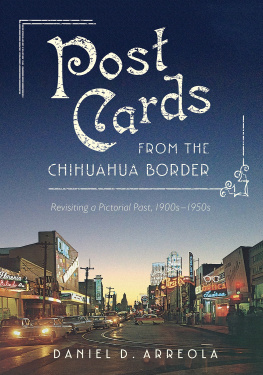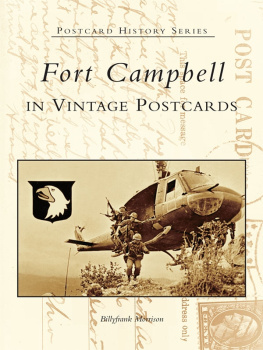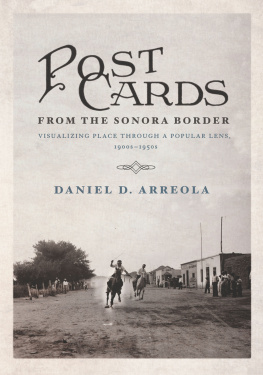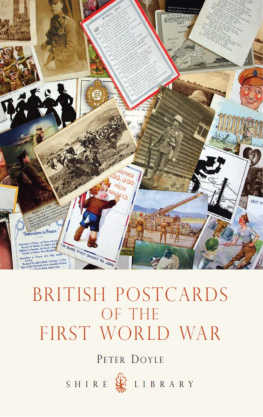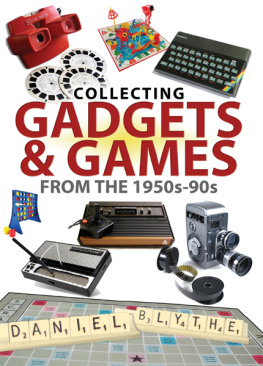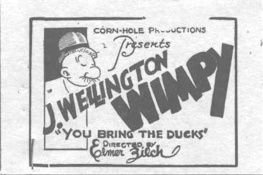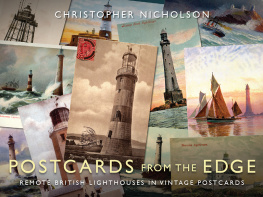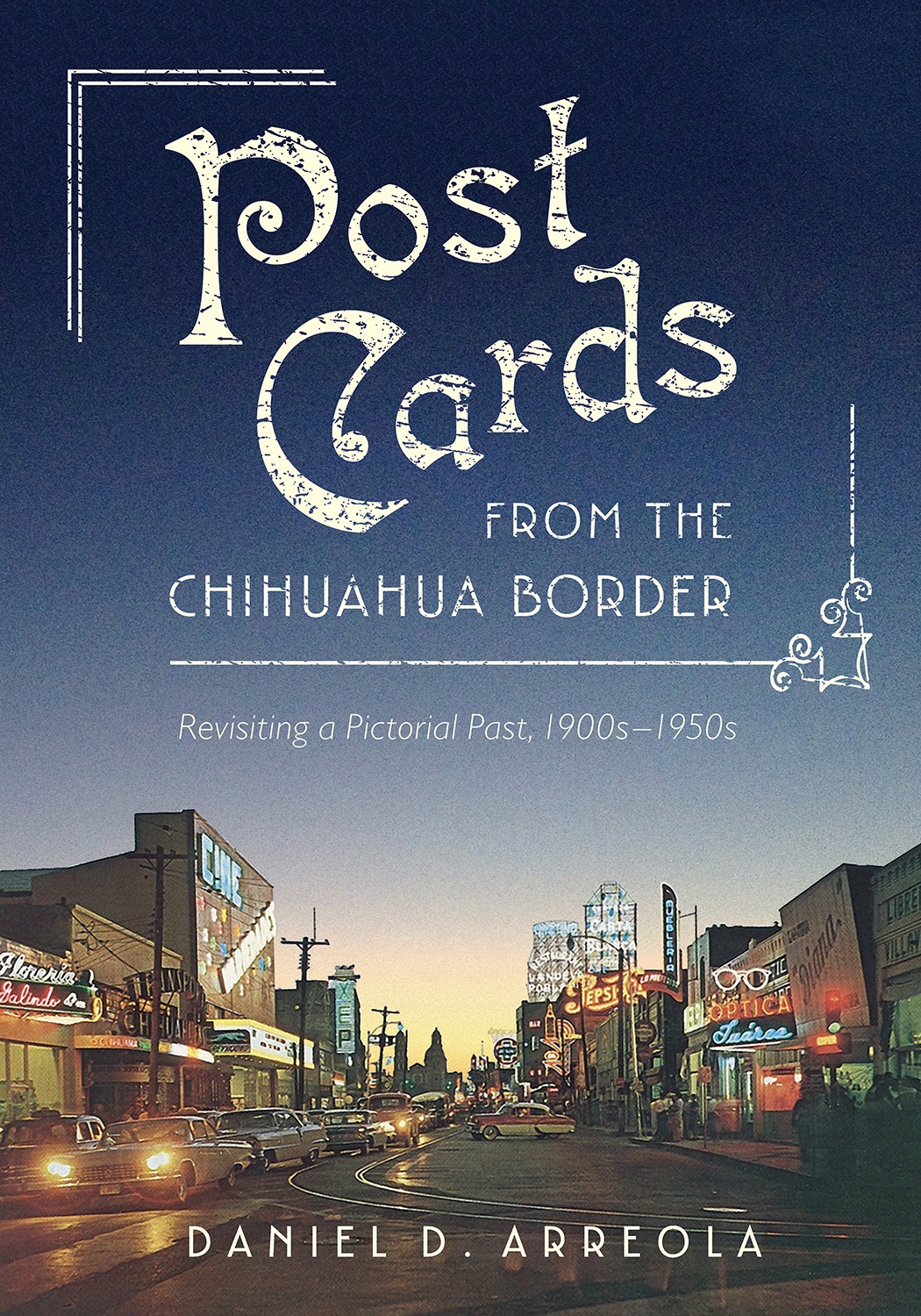
Postcards from the Chihuahua Border
Postcards from the Chihuahua Border
Revisiting a Pictorial Past, 1900s1950s
Daniel D. Arreola

The University of Arizona Press
www.uapress.arizona.edu
2019 by The Arizona Board of Regents
All rights reserved. Published 2019
ISBN-13: 978-0-8165-3995-6 (cloth)
Cover design by Leigh McDonald
Cover photo: 16 de Septiembre looking west at Avenida Lerdo, Ciudad Jurez, 1960s. Simn Franco, Fotografo, published by Marcos Franco Chamah, Cd, Jurez, Chih.
Publication of this book is made possible in part by a subvention from the School of Geographical Sciences and Urban Planning, Arizona State University, Tempe, and by the proceeds of a permanent endowment created with the assistance of a Challenge Grant from the National Endowment for the Humanities, a federal agency.
Library of Congress Cataloging-in-Publication Data
Names: Arreola, Daniel D. (Daniel David), 1950 author.
Title: Postcards from the Chihuahua border : revisiting a pictorial past, 1900s1950s / Daniel D. Arreola.
Description: Tucson : The University of Arizona Press, 2019. | Includes bibliographical references and index. | Summary: This book is a colorful and dynamic visual history of Mexicos northern border that draws on more than three decades of archival work and tells the history of border towns through picture postcards Provided by publisher.
Identifiers: LCCN 2019008307 | ISBN 9780816539956 (cloth)
Subjects: LCSH: Cities and townsMexicoChihuahua (State)History20th centuryPictorial works. | PostcardsMexicoChihuahua (State)History20th century. | Chihuahua (Mexico: State)History20th centuryPictorial works. | Ciudad Jua?rez (Mexico)History20th centuryPictorial works. | LCGFT: Illustrated works.
Classification: LCC F1261 .A77 2019 | DDC 972/.1600222dc23 LC record available at https://lccn.loc.gov/2019008307
Printed in the United States of America
This paper meets the requirements of ANSI/NISO Z39.48-1992 (Permanence of Paper).
Postcards from the Chihuahua Borderis dedicated to mis abuelas, loving grandmothers who helped care for and raise me, the oldest child of their children Beatrice and Salvador.
Trinidad Casillas Daz (18971957) was born in Tepattlan, Jalisco, Mexico, entered the United States through Laredo, Texas, in 1919 with her husband Len Daz and two children, and resided for a short time in Bisbee, Arizona, before moving to Santa Monica, California, where she raised nine children, including my mother Beatrice. Trinidad became a naturalized citizen of the United States on July 26, 1955.
Antonia Lozoya Arreola (19101969) was born in Santa Monica, California, and married Juan Santana Arreola in San Diego, California, in 1931, living for periods of time at locations across Southern California, including Santa Monica, where she raised six children, including my father Salvador. Antonias parents Refugio Lozoya and Manuela Reyes were married in the Parroquia de Nuestra Seora de Guadalupe, Ciudad Jurez, Chihuahua, April 28, 1899.
Contents
Illustrations
Tables
Figures
Preface and Acknowledgments
P ostcards from the Chihuahua Borderis an exploration of the geographical past of the Mexican border towns of Ciudad Jurez, Ojinaga, and Palomas. It is the third in a series of works about the visual historical geography of Mexican border communities. Previous installments include Postcards from the Ro Bravo Border(2013) and Postcards from the Sonora Border(2017). The final volume, Postcards from the Baja California Border, is forthcoming.
From circa 1900 through the 1950s, photographers and publishers captured and distributed images of border towns in postcard views. As tourist artifacts, postcards gained a certain credibility in the popular imagination, serving both as souvenir and documentation about a place visited. In the Mexican border-town project, a selection of postcard views from the authors private collection of approximately ten thousand historic vintage postcards is used to reconstruct and represent the historical geography of past border places. Postcards enable us to see that past, including historic architecture; transportation systems; tourist venues such as curio stores, bars, cafs, and nightclubs; and scenes of everyday life.
Next page
